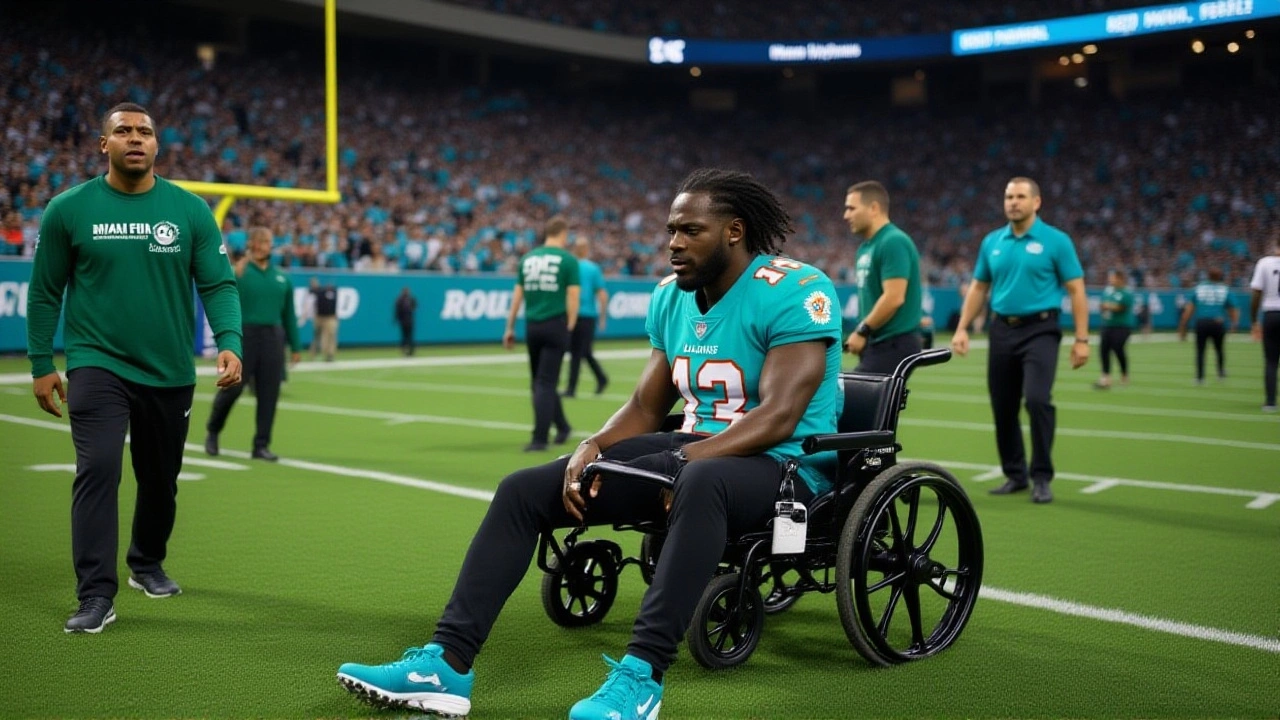Knee Injury
When dealing with Knee Injury, any damage to the joint that connects thigh and shin, often caused by sudden twists, impacts, or overuse. Also called knee trauma, it can affect anyone from weekend joggers to pro athletes. Understanding how it happens and what to do next makes the difference between a quick bounce‑back and months on the sidelines.
Key players in knee health
One of the most talked‑about problems is the ACL tear, a rupture of the anterior cruciate ligament that stabilizes the knee during turning and landing. Another common culprit is the meniscus tear, a tear in the cartilage that cushions the joint, often seen in players who pivot hard or suffer a direct blow. Both injuries show up in NFL stories – like the rookie quarterback who missed a season after a torn meniscus – and they demand specific treatment paths.
Once the damage is diagnosed, physiotherapy, targeted exercises and manual therapy designed to restore strength, flexibility, and balance becomes the cornerstone of recovery. Studies from top sports clinics show that athletes who follow a structured physio program cut their rehab time by up to 30 percent. The goal isn’t just healing the tissue; it’s rewiring movement patterns so the knee can handle future stress.
But rehab isn’t magic on its own. Sports biomechanics, the analysis of how forces move through the body during athletic activity tells us why injuries happen in the first place. Poor landing mechanics, uneven loading, or weak hip stabilizers often overload the ACL or meniscus. By adjusting technique – think softer knee bend on a jump or aligning the foot properly on a cut – you can dramatically lower the risk of a repeat knee injury.
For athletes who want to stay ahead of the curve, prevention tools are essential. Simple daily habits like balanced strength training, regular mobility work, and proper footwear can keep the joint robust. Wearable technology now tracks knee valgus angles in real time, alerting users when they’re moving dangerously. Incorporating these insights into a warm‑up routine gives you a data‑driven edge.
Recovery timelines vary. An isolated meniscus tear might need arthroscopic surgery followed by 6‑8 weeks of guided rehab. An ACL reconstruction often demands 9‑12 months of progressive loading before returning to full sport. Throughout, listening to your body matters – pain that lingers after a session signals you to dial back and reassess the program.
In short, a knee injury is more than a sore joint; it’s a signal that your movement system needs attention. By recognizing the role of ACL tears, meniscus damage, physiotherapy, and biomechanics, you can chart a clear path from injury to performance. Below you’ll find a curated set of articles that dive deeper into each of these aspects, offering practical tips, real‑world case studies, and the latest rehab protocols to help you get back in the game faster.

Tyreek Hill Carted Off with Knee Injury During Monday Night Football vs. Jets
Tyreek Hill was carted off with a suspected severe knee injury during Monday Night Football against the Jets, forcing the Dolphins to adjust their offense and raising safety concerns.